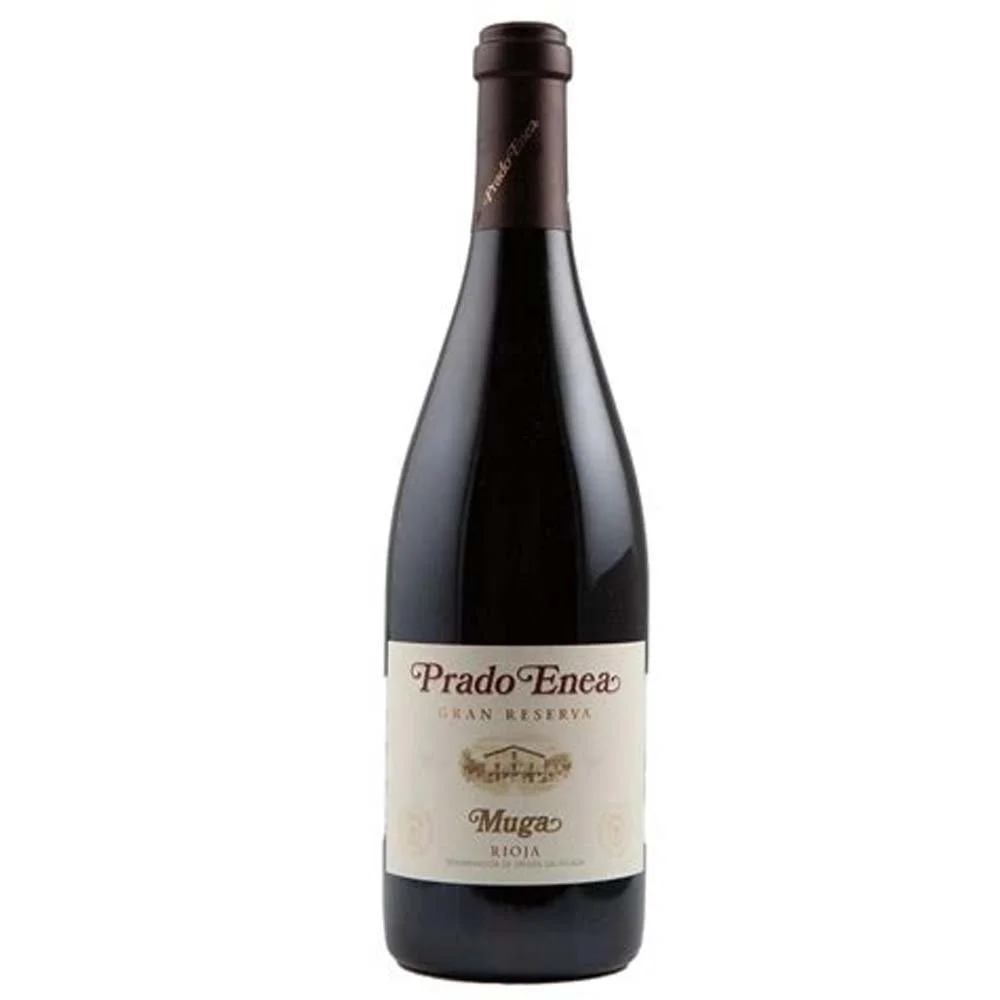PROPRIETARY RED
Creative Blends, Signature Style
Proprietary Reds are unique blends crafted outside traditional rules—wines that reflect a winemaker’s vision rather than regional conventions. These often combine multiple red varieties (sometimes unexpected ones) into a cohesive, expressive whole. Common in California, South America, and other innovation-driven regions, Proprietary Reds range from bold and polished to experimental and avant-garde. They are named by producers, not by grape or place, making each label its own statement.
Key Characteristics
Because they’re not tied to a specific formula, Proprietary Reds vary widely in style. Most are full-bodied, fruit-driven, and structured, often with new oak influence and aging potential. Expect depth, richness, and a personal touch.
Style
Still, red
Body
Medium to full
Acidity
Medium
Primary Grapes
Varies—often blends of Cabernet Sauvignon, Merlot, Syrah, Zinfandel, Petite Sirah, Malbec, Sangiovese, and others
Typical Flavors
Black cherry, blackberry, mocha, vanilla, plum, spice, dark chocolate, cedar
Origin & History
The concept of the Proprietary Red emerged largely from New World wine regions where producers weren’t constrained by traditional appellation rules. In California, iconic wines like Opus One and The Prisoner led the way—blending Bordeaux and Rhône grapes, or Zinfandel with Petite Sirah and Cabernet, to create house signatures. This style is all about expression, not tradition—giving winemakers full creative control over the blend, name, and story.
How It’s Made
Winemakers select and ferment different varietals—sometimes from different vineyards or even regions—then blend them in proportions that best serve the house style. Aging usually occurs in oak barrels to add complexity and integration. Because the blends can change vintage to vintage, consistency comes from the winemaker’s hand, not a set recipe.
Notable Regions
Proprietary Reds are found around the world but are especially prominent in regions with fewer blending restrictions.
United States
California
Napa, Sonoma, Central Coast
From polished Cabernet-based blends to Zinfandel-driven reds with lush fruit and spice
United States
Washington State
Structured, savory blends with Bordeaux and Rhône varieties
South America
Argentina, Chile
Innovative combinations of Malbec, Syrah, Bonarda, and more
Italy
Tuscany
Toscana IGT
Super Tuscans that don’t follow DOC/DOCG rules fall into this category
South Africa
Western Cape
Creative red blends mixing Bordeaux, Rhône, and local grapes
Food Pairings
With bold flavors and layered textures, Proprietary Reds handle rich dishes and bold seasoning effortlessly.
Red Meat
Ribeye steak, short ribs, burgers with aged cheddar
Hearty Dishes
Beef chili, meatloaf, barbecue
Cheeses
Aged cheddar, smoked Gouda, blue cheese
Vegetarian
Grilled portobellos, black bean stew, eggplant lasagna
How to Serve It
Glassware
Large red wine glass to highlight power and aromatics
Temperature
60–65°F (16–18°C)
Storage
Store on its side in a cool, dark place; aging potential varies by producer and vintage
Fun Fact
The name “Proprietary Red” signals that the blend—and the wine’s identity—is exclusive to the producer. There are no labeling rules, just pure creative freedom.
Recommended Producers
These houses exemplify the diversity and craftsmanship of Europe’s top red wine regions, blending tradition, terroir, and modern precision.
Antinori
A Tuscan icon blending heritage and innovation, known for polished Super Tuscans like Il Bruciato from Bolgheri.
Bodegas El Nido
A standout in Jumilla producing powerful, expressive wines with rich concentration and international acclaim.
Bodegas Muga
A benchmark Rioja estate crafting age-worthy Gran Reservas that combine elegance, complexity, and classic structure.
Ferreirinha
One of Portugal’s premier Douro producers, celebrated for Quinta da Leda and its balance of power, depth, and finesse.
Recommended Pours
Antinori - Il Bruciato Guado al Tasso 2021 — A polished and approachable Super Tuscan with dark berries, sweet spice, and velvety tannins.
Bodegas El Nido - Jumilla 2021 — A bold and opulent Spanish red with intense black fruit, mocha, and a full-bodied, luxurious texture.
Bodegas Muga - Prado Enea Gran Reserva 2016 — A classic Rioja Gran Reserva offering elegance and depth, with dried cherry, leather, and spice in perfect harmony.
Ferreirinha - Quinta da Leda Douro 2018 — A refined and structured Douro red with ripe plum, graphite, and firm yet polished tannins.





